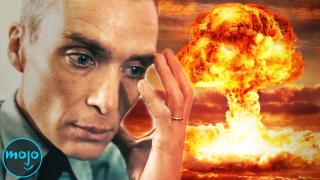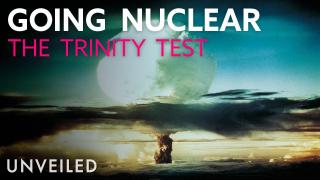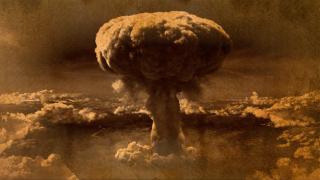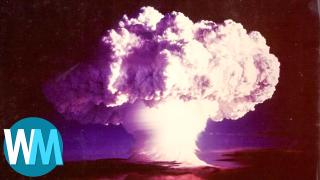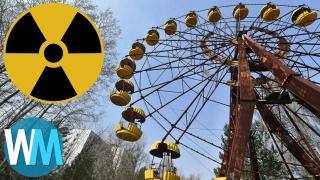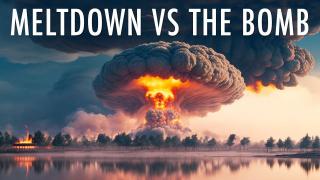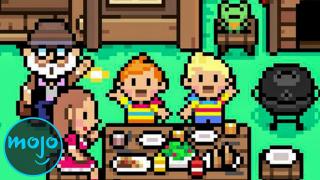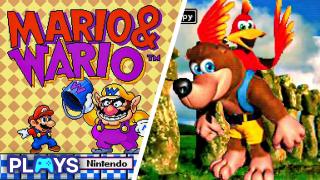World War II: Nuclear Bombings of Japan
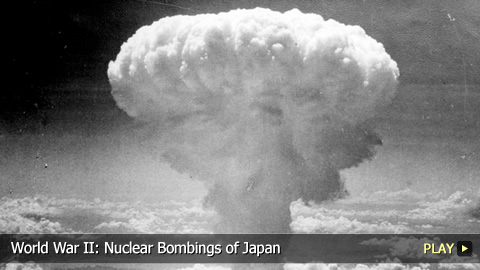
The Manhattan Project
The Shocking History of Oppenheimer's Bombs - The Manhattan Project
In the early days of the Second World War, President Franklin Delano Roosevelt and the United States government were warned by noted scientific minds Albert Einstein and Leó Szilárd of the possibility that Nazi Germany might attempt to develop nuclear weapons. After being urged to undertake their own research, the U.S., UK and Canada approved the Manhattan Project in late 1941.
Nuclear Research
Nuclear Experiments That Could Have Ended The World | Unveiled
By 1943, development and research on nuclear bombs by the Manhattan Project began in earnest. Several concepts for these atomic weapons were explored, but finally two were chosen.
The "Little Boy" Bomb
Top 10 Things You Didn't Know About the Bombings of Hiroshima and Nagasaki
The first was codenamed “Little Boy.” This bomb used uranium as its weapon, and was propelled using the gun method. The Little Boy was not tested prior to being used as a weapon in World War II.
The "Fat Man" Bomb
Top 10 Scariest Nuclear Bombs
Next came the “Fat Man” bomb. Its nuclear explosion was caused by plutonium, and as opposed to the Little Boy, the Fat Man’s detonation was caused by an implosion. This device was tested prior to its use in warfare: on July 16th, 1945 “The Gadget” was successfully tested in the New Mexico desert.
The Atomic Age
Top 10 Most Radioactive Places in the World
This explosion resulted in a bright flash of light and heat, followed by a shock wave and a mushroom cloud that rose 40 thousand feet. This event is credited with ushering in the Atomic Age.
Strategic Bombing Locations
The United States and the Allies then had nuclear weapons at their disposal, and planned to use them in an effort to end the war. Just a few months prior to the bomb’s test, on May 8th, the Germans unconditionally surrendered. Because of this, Japan became the next likely target, and several Japanese cities were then proposed. Hiroshima and Nagasaki were finally chosen as the most strategic bombing locations due to their importance in the war effort.
The Potsdam Declaration
Nuclear Meltdowns Vs Nuclear Bombs Explained
On July 26th, 1945, representatives of the U.S., UK and Chinese Nationalist governments issued the Potsdam Declaration to the Japanese. This document ordered the Japanese to immediately surrender, or they would face “prompt and utter destruction.”
Japanese Government Refuses Surrender
Top 10 Great Japanese Games That Should Come to the America
The Japanese government chose to ignore these extreme demands, and made it clear to the Japanese public that the government would not acquiesce.
The First Bomb: Hiroshima
And so, on August 6th, 1945, in an effort to quickly resolve the war, the Little Boy bomb was dropped on Hiroshima, Japan by the Enola Gay bomber at 8:15am local time. The bomb exploded above the city, and caused the destruction of roughly 5 square miles of land. Not only that but 70 thousand people were injured, and 70-80 thousand more were instantly killed.
The Second Bomb: Nagasaki
Japan remained steadfast in their refusal to bow to pressure. Three days after the Hiroshima bombing, the country was still attempting relief efforts when the Bockscar bomber dropped the Fat Man bomb on Nagasaki at 11:01am on August 9th. The bomb missed its intended target, but the explosion above Nagasaki killed between 40 and 75 thousand people instantly.
Health Issues in Japan Following the Bombings
Top 10 Inspirational Celebs Who Were Honest About Mental Health
While burns and radiation poisoning were immediate health problems caused by the bombs, the effects of both explosions were felt for years to come: cancers and other diseases plagued the population in the decades following the attacks.
Japan Surrenders
10 Nintendo Games That NEVER Left Japan
The American government prepared for the possibility of further nuclear attacks on Japan. However, it was unnecessary. On August 14th, or 15th local time, Japan finally surrendered. When the surrender documents were finally signed on September 2nd, 1945, the war was effectively over.


